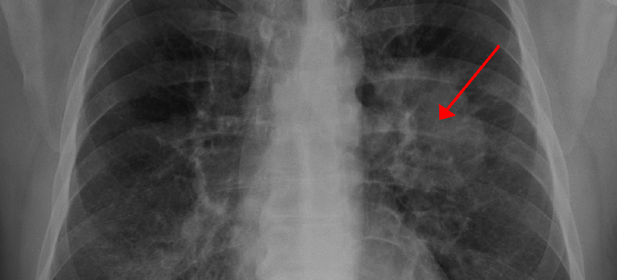Shared genetic marker offers new promise in targeting specific ovarian and lung cancers

Two new papers, published simultaneously in Nature Communications and led by researchers at McGill University, offer promise that a drug currently used to treat estrogen positive breast cancer may be effective in treating two different types of cancer, one rare and one common form.
The breakthrough discovery launching this research came in 2014 when Dr. William Foulkes, James McGill Professor in the Departments of Medicine, Oncology and Human Genetics at McGill’s Faculty of Medicine, showed that small cell carcinoma of the ovary, hypercalcemic type (SCCOHT), a rare but highly fatal cancer which primarily strikes younger women, is caused by mutations in the gene SMARCA4.
The challenge became how to find a way to exploit this genetic deficiency to better treat these patients. Stepping up to the challenge was Dr. Sidong Huang, Assistant Professor in the Department of Biochemistry at McGill’s Faculty of Medicine, and senior author on both papers. Having trained for many years in Functional Genomics, Dr. Huang joined McGill with the goal of working on important problems in oncology. “Working on something like SCCOHT seemed an obvious choice as it is a unique genetic disease driven by loss of a single gene, SMARCA4,” explains Dr. Huang, who is also a member of McGill’s Goodman Cancer Research Centre.
A collaboration between Dr. Huang and Dr. Foulkes ensued, along with fellow McGill Professor Dr. Janusz Rak at the Research Institute of the McGill University Health Centre (RI-MUHC), Dr. Barbara Vanderhyden at the Ottawa Hospital Research Institute and Dr. Sriram Venneti at the University of Michigan. Through their work, Dr. Huang and his Ph.D. student Yibo Xue, the papers’ first author, were able to identify that targeting the cyclin-dependent kinases 4/6 (CDK4/6) exposed a vulnerability in SMARCA4-deficient cancers.
“What’s clinically exciting about this work is that CDK4/6 inhibitors have been used for years, so they are very well known and their safety profile is established,” notes Dr. Foulkes who is also Head of the Cancer Genetics Laboratory at the Lady Davis Institute of the Jewish General Hospital and a researcher at the RI-MUHC.
“In the case of SCCOHT, in particular, it is encouraging to find existing drugs that may prove effective because this is such a rare cancer that it is unlikely to be the subject of dedicated drug development,” adds Dr. Huang. “Furthermore, patients may also benefit from the anti-tumour immunity triggered by CDK4/6 inhibitors as recently shown in other cancers, in addition to the direct tumour inhibition by these drugs”.
Although much more common than SCCOHT, non-small cell lung cancer (NSCLC) can be very difficult to cure. “We extended the SCCOHT work to NSCLC as we realised about 10% of these common tumours also lack SMARCA4,” explains Xue.
Evidence has been obtained both in vitro on human cancer cells, and in vivo on animal models that CDK inhibitors are effective at quelling SMARCA4-deficient tumours.
“The fact these drugs worked so well was a bit surprising,” says Dr. Foulkes. “Perhaps it works because the protein which is targeted is at critically low levels in the tumour—just enough to keep the tumour alive, but still susceptible to blocking.”
“This is in contrast to the initial application of this class of drugs to treat breast cancers that often express elevated levels of the same protein,” adds Dr. Huang. “Thus, our findings potentially broaden the applications of these drugs.”
The precise mechanism by which these particular inhibitors work in the different cancers is yet to be definitively determined. But, says Dr. Foulkes, this is an academic question; so long as the drugs proves effective, the clinical impact is undeniable.
“The next step is seeing if these drugs work in patients with SCCOHT or NSCLC with SMARCA4 deficiency and identifying other additional drug targets in these cancers to be inhibited in combination with CDK4/6 inhibitors to overcome potential resistance,” says Dr. Huang.
Source: Read Full Article
